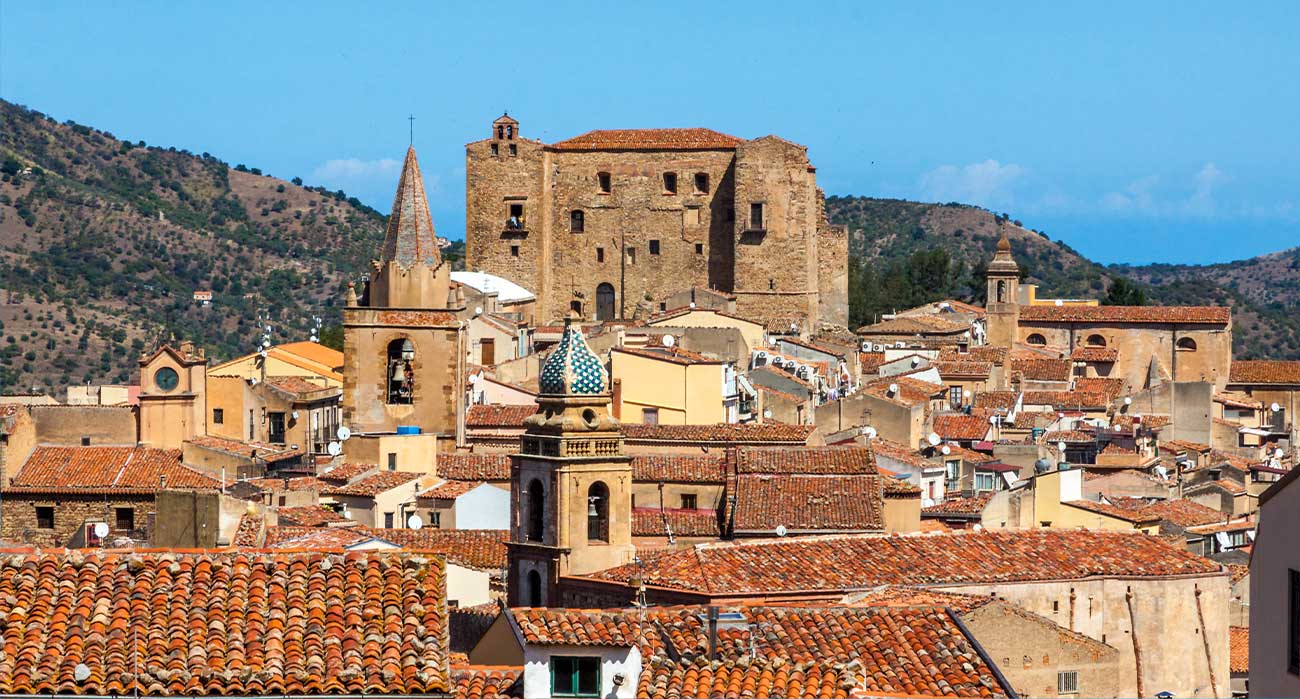
Castelbuono
Castelbuono owes its origins to the Ventimiglias, lords of the County of Geraci, who in 1316 built a castle alongside their residence at Ypsigro, a small hamlet with about 300 inhabitants.
This allowed the community to grow, and in 1454, Giovanni I moved there with his court, making Castelbuono the most animated and vibrant centre in the wide Ventimiglia estate. During the move, John brought with him the sacred Relic of the skull of Saint Anne, symbol of the family, later donated to William by the Duke of Lorraine.
The castle and the holy relic became the hubs of many events in Castelbuono: already during the 15th century, the court decided to welcome many artists and men of letters from different cultures, but above all of considerable prestige. These included F. Laurana, who worked on the Ventimiglia Mausoleum. During this period, convents and parishes were built both inside and outside the walls, all with the intervention of master builders from Lombardy and Tuscany. The latter took care above all of the urban expansion of Castelbuono, which went from being a feudal-type town to assuming important characteristics of a capital-type town around the 16th century. The town’s cultural life was very lively and fundamental.
The most important contribution to the town’s urban evolution is undoubtedly due to the Serpotta family. Moreover, the castle was renovated several times over the years, and the Ventimiglias, as proof of their love for culture and the arts, decided to donate a theatre to the city. However, in the 18th century, the great nobility disappeared and Castelbuono had to deal with other families. In 1818-1820, several earthquakes damaged the Castle and the Matrice Nuova. The municipality acquired the Castle and the Relic of the Skull of Saint Anne in the 20th century.
